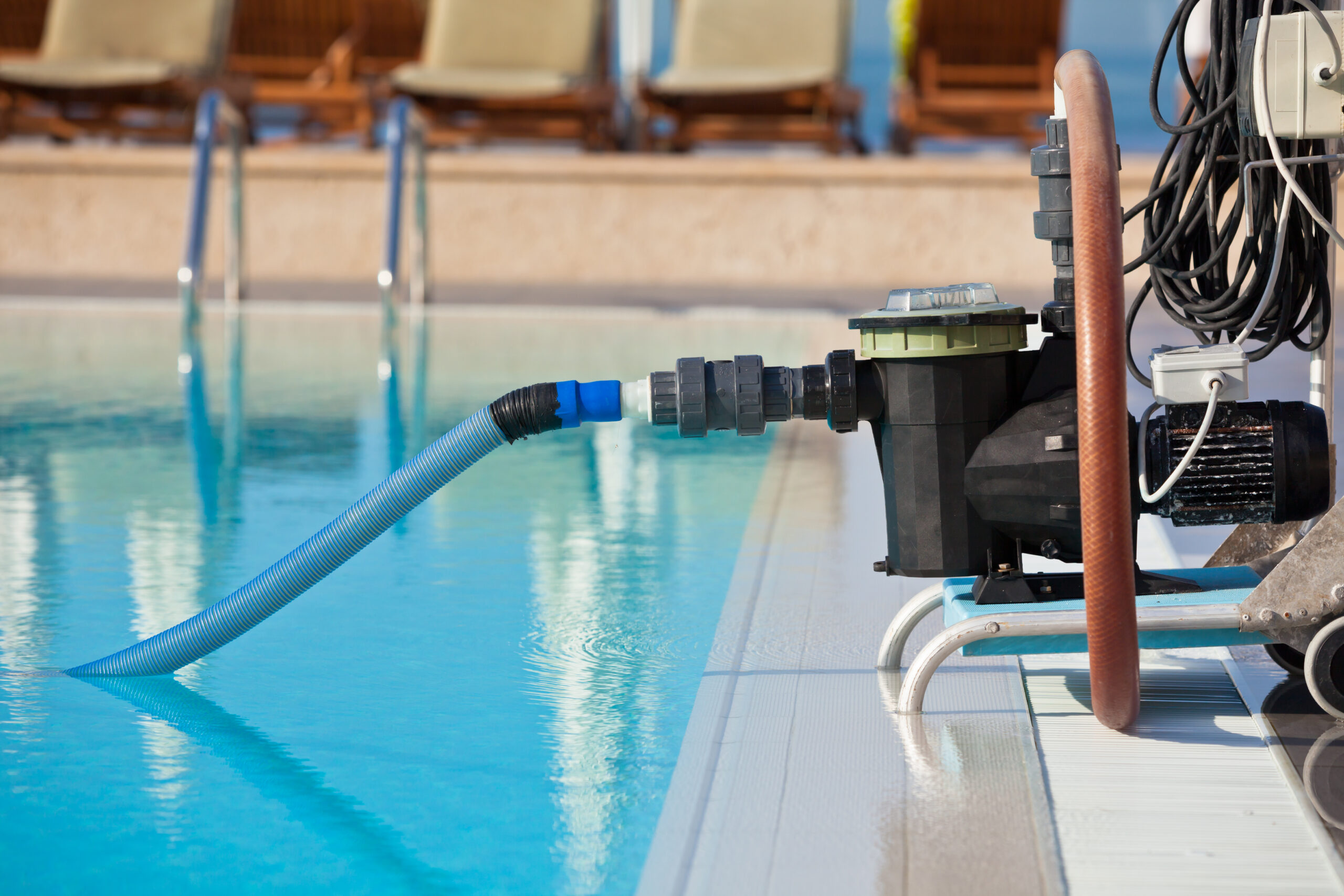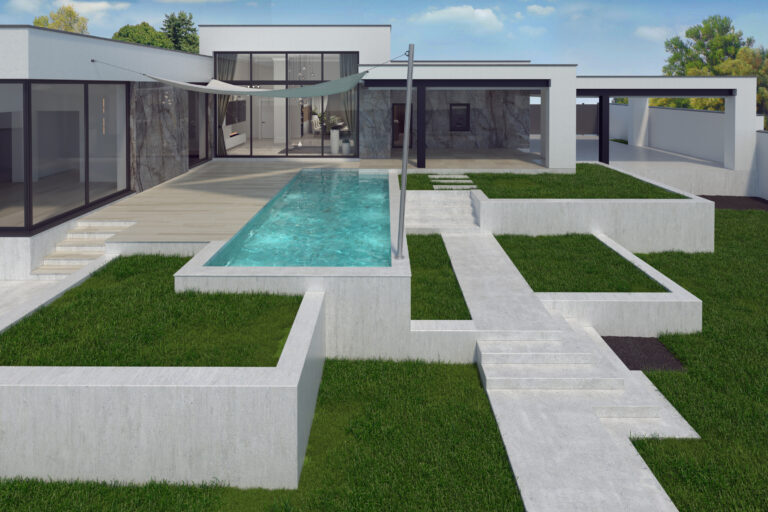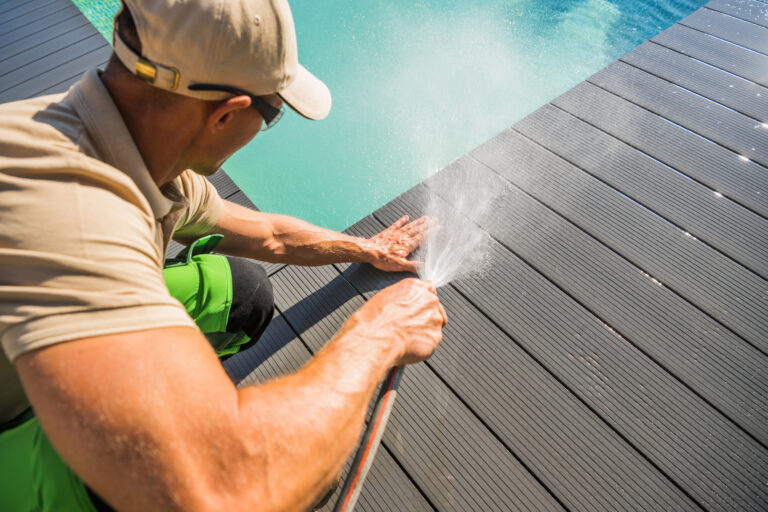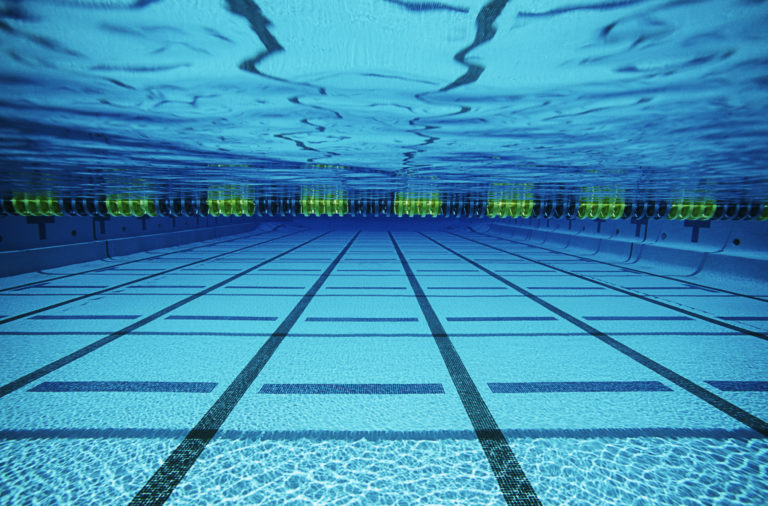A Deep Dive into the World of Automated Pool Systems
You’re ready for a swim, but your pool’s not. It’s time to automate!
In this article, you’ll delve into the world of automated pool systems. You’ll learn how they’ve evolved, what components make them tick, and the benefits they offer.
By the end, you’ll know how to choose the right system, install it correctly and maintain it effectively. Let’s dive in – no lifeguard required!
Understanding Automated Pool Systems
You’re about to understand how automated pool systems can make your life easier and more efficient. Imagine no longer having to worry about the tedious task of maintaining your swimming pool. This is where system integration comes into play, merging all aspects of pool maintenance such as filtration, heating, cleaning, and even lighting into one handy automated system.
These ingenious designs enhance pool safety by ensuring that your water quality is always at its best. Think about it: no more risky chemical handling or manual testing since everything’s done automatically for you! The automation also saves you time and energy because you’re not constantly checking on different elements of your pool.
Additionally, these systems can be controlled remotely from a smartphone app or home controller. So whether you’re at work or away on vacation, you’ll still have complete control over your pool.
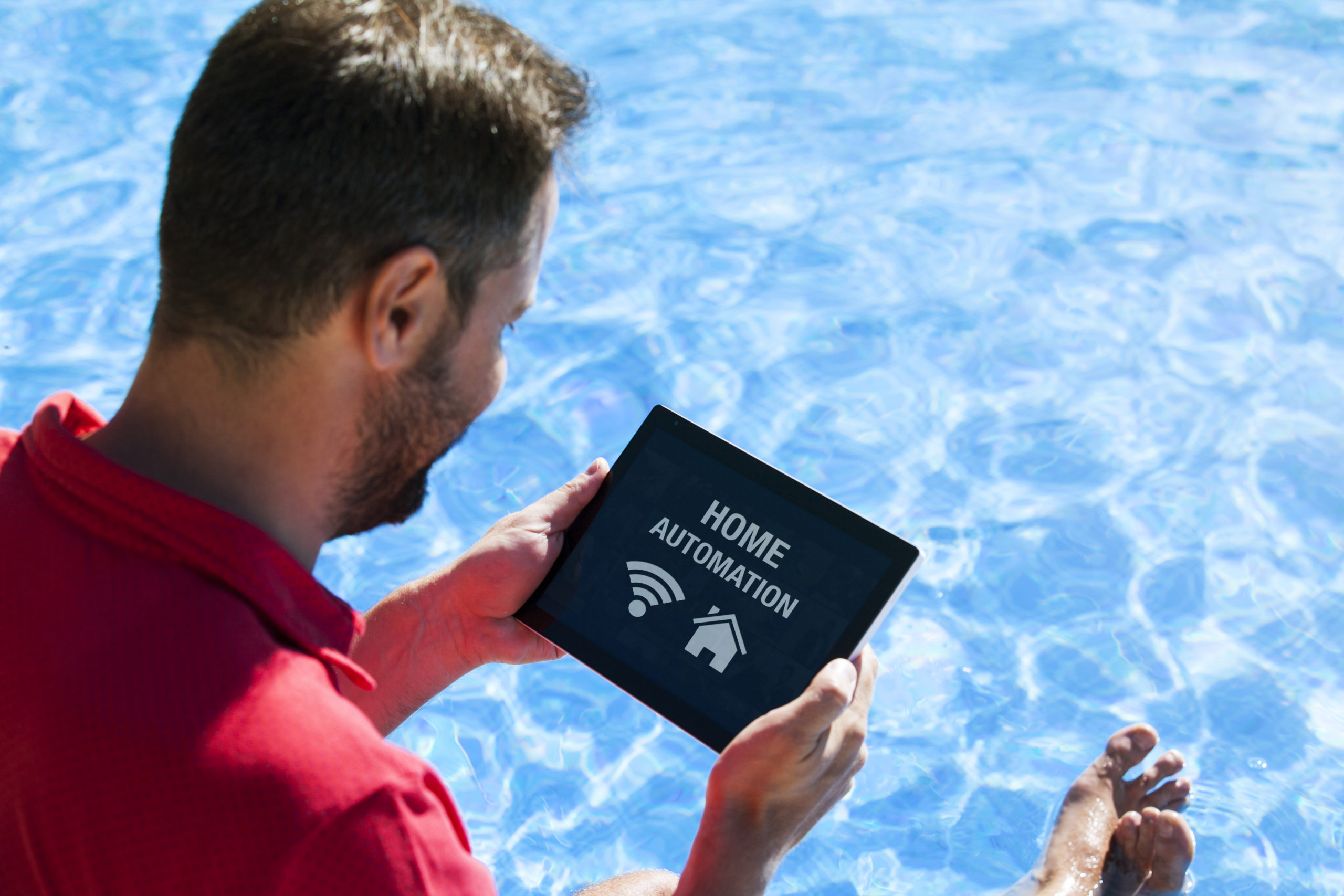
The Evolution of Pool Automation Technology
It’s fascinating to observe how pool automation technology has evolved over the years. You may recall when pool management was all manual, requiring diligent and constant care. Now, thanks to technological advancements, you have sophisticated systems that can manage virtually every aspect of your pool.
The history of pool automation is a testament to human ingenuity and progress. Initially, it was about simple mechanical timers controlling the filtration cycles or heating elements. Then came electronic controllers in the late ’80s offering more precision and convenience.
With the dawn of digital technology in the ’90s, things really took off. Now, you could control multiple functions such as lighting, water temperature, cleaning schedules – all at your fingertips.
The most recent development includes smart systems that connect with home networks for remote control via smartphones or tablets. They even integrate with voice assistants like Alexa or Google Home!
Just imagine what’s next in line for pool automation; it surely promises an easier life for you! So whether you’re a swimming enthusiast, a busy homeowner, or just someone who loves tech gadgets – keep an eye out on this space to stay ahead of the curve.
Key Components of Automated Pool Systems
You’re about to dive into the key components that make pool automation a game-changer in today’s high-tech world.
Imagine having pool cleaning robots at your service, digital water testing for precise and accurate results, and remote system control for ultimate convenience.
Isn’t it fascinating how these advancements can redefine your swimming pool experience?
Pool Cleaning Robots
Pool cleaning robots are a game-changer, aren’t they? They’ve made the task of keeping your pool clean so much easier and more efficient. Not only do these handy little devices save you time, but they’re also incredibly durable and many offer eco-friendly options.
Let’s take a look at some key selling points:
– Robot Durability: These robots are built to last. They handle debris removal and scrubbing without faltering.
– Eco-friendly Options: Many models operate on low energy or have solar-powered abilities.
– Time efficiency: No need to spend hours skimming by hand; let the robot tackle it.
– Ease of use: Most models are plug-and-play, making them user-friendly.
Digital Water Testing
Digital water testing has become a vital tool in maintaining your pool’s health. It ensures the water quality is always top-notch for safe and enjoyable swimming. With digital accuracy, you can quickly identify changes or irregularities in the water composition.
Gone are the days of using test strips and guessing what those colors mean. Now, you’ve got precise digital readings that can point out even minor fluctuations. This technology measures pH levels, chlorine content, and other critical parameters with pinpoint precision.
Getting a handle on your pool’s health has never been easier! Digital water testing eliminates guesswork, gives you peace of mind, and provides an efficient way to keep your pool sparkling clean.
So why not give it a try? You’ll see how easy maintaining perfect water quality can be!
Remote System Control
Isn’t it amazing how remote system control can simplify your pool maintenance routine? With smartphone integration, you can now manage everything from a distance. It’s not only convenient but also an excellent way of energy conservation.
1. Smartphone Integration: You’re no longer tethered to the poolside. Adjust temperature, switch on lights, or activate cleaning cycles; all from your phone.
2. Energy Conservation: Schedule operations during off-peak hours to conserve energy and save money. It’s smart and eco-friendly.
3. Real-time Monitoring: Get alerts on water levels, temperature fluctuations, or system failures immediately on your mobile device.
Embrace this technology and make pool management a breeze! After all, who wouldn’t want more time for a relaxed dip instead of fiddling with controls?
Benefits of Using Automated Pool Systems
You’re about to dive into an engaging discussion on the benefits of using automated pool systems. These systems focus primarily on efficiency improvements and cost savings. You’ll uncover how these tech-savvy systems can streamline your pool maintenance, making your life easier in ways you hadn’t thought possible.
We’ll also explore how this investment can significantly cut down your costs in the long run. This will prove its worth beyond doubt.
Efficiency Improvements
With automated pool systems, there’s a significant increase in efficiency and reduction in energy usage. You’ll notice your energy consumption dropping drastically while sustainability considerations rise.
These systems are designed to maximize performance and minimize waste, thereby promoting environmental sustainability. It’s all about being smarter with how you use and conserve energy.
To emphasize this, consider the table below:
| Traditional Pool Systems | Automated Pool Systems |
| High Energy Consumption | Low Energy Consumption |
| Less Sustainable | More Sustainable |
| Inefficient Operation | Efficient Operation |
| High Maintenance | Low Maintenance |
As you can see, the benefits of using automated pool systems are evident not only in terms of efficiency but also when it comes to preserving our environment by reducing energy consumption.
Cost Savings
On top of all these benefits, you’ll also appreciate the cost savings associated with lower energy consumption. Energy efficiency isn’t just good for the environment; it’s also great for your wallet. By integrating automated pool systems into your home, you’re not only reducing your environmental impact but also saving money.
Consider this:
– Energy-Efficient Equipment
– Pool Pumps: They’re at the heart of your pool’s circulation system and use less energy.
– Heaters: These can heat up quickly and maintain temperature efficiently.
– Environmental Impact
– Reduced Emissions: With efficient equipment, fewer greenhouse gases are produced.
– Resource Conservation: Less energy used means less strain on our natural resources.
Embrace automation and enjoy the perks of a greener lifestyle along with significant financial savings!
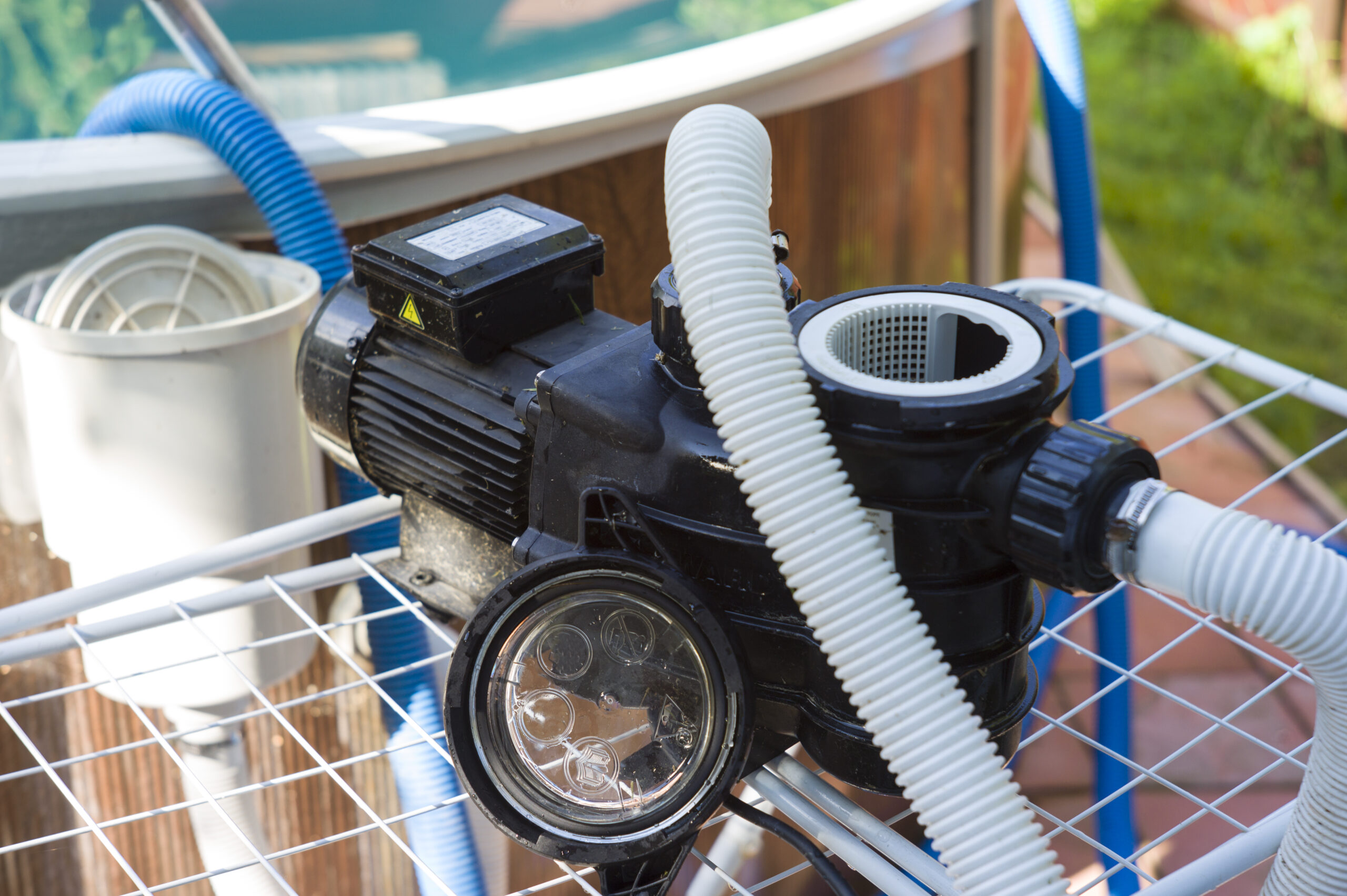
How to Choose the Right Automated Pool System
It’s essential to consider your pool’s size, shape, and usage before deciding on an automated pool system. System Compatibility is a significant factor; ensure the system you’re eyeing can work with your existing pool setup. You don’t want to invest in something that’ll require additional costly changes.
User Friendly Interfaces are also critical. Can you easily navigate through the system’s settings? If it’s too complicated, you might not utilize its full potential which defeats its purpose.
Consider these factors:
| Factor | Why It Matters | What To Look For |
| System Compatibility | Works with your current setup | Doesn’t require major adjustments |
| User-Friendly Interface | Easy usage increases efficiency | Intuitive design, clear instructions |
| Size & Usage of Pool | Determines system capacity needed | Match capacity with pool requirements |
Installation Process of Automated Pool Systems
You’ll need to understand the installation process of your chosen system thoroughly before you begin. While not overly complex, it does require a keen eye for detail and adherence to safety measures.
Remember, every automated pool system is unique. Some might have an easy plug-and-play setup, while others could require more extensive work. It’s imperative that you read the manufacturer’s instructions carefully.
Safety measures are key during installation. Ensure there’s no water in the vicinity where you’re working – water and electrics don’t mix well! Also, don’t forget to turn off the main power supply before you begin with any wiring activities.
System integration plays a crucial role too. You’ll need to connect your new system to existing pool equipment like pumps, heaters, or filters. This step might involve some plumbing or electrical skills – so if you’re unsure about anything at this stage, get professional help.
Don’t rush through the process; patience is paramount when installing an automated pool system. Doing so will ensure everything works smoothly together and minimizes potential issues down the line.
Maintenance Tips for Automated Pool Systems
Maintaining your new system properly isn’t just about keeping the water clean; it’s also about ensuring that all parts are in good working order. System longevity is directly tied to how well you care for it. Regular check-ups and cleaning help prevent minor issues from escalating into major problems.
Your automated pool system is a complex piece of machinery, but don’t let that intimidate you. Basic maintenance isn’t rocket science; it’s about being proactive and consistent. Always keep an eye on the filtration system, since it’s crucial to keep your pool sparkling clean. Also, monitor chemical levels regularly.
Now, despite your best efforts, things might go wrong sometimes. That’s when troubleshooting tips come in handy. Get familiar with the common signs of trouble like unusual noises or decreased efficiency; these could indicate mechanical issues or blockages.
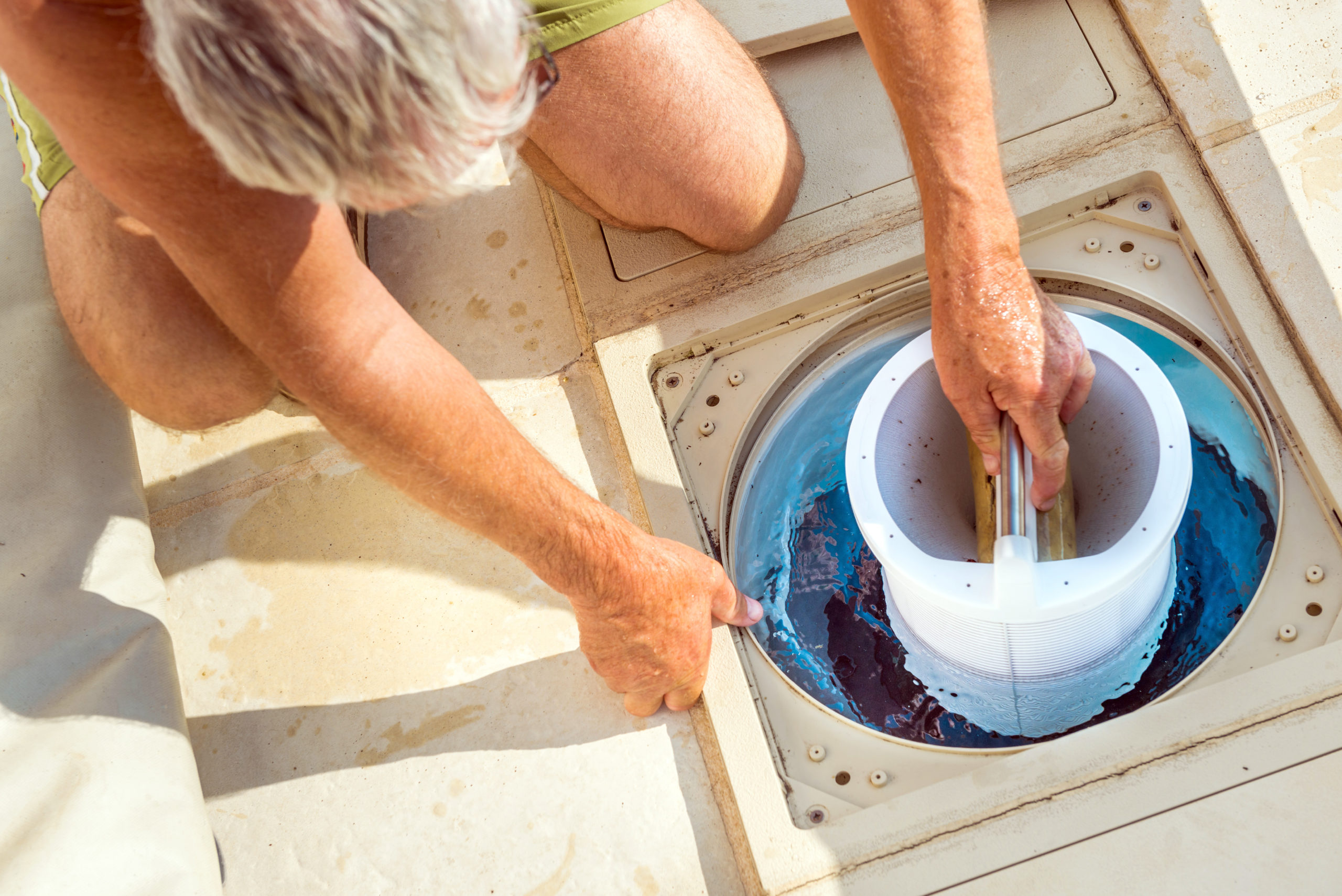
Future Trends in Pool Automation Technology
Looking ahead, there’s a lot to be excited about when it comes to the future of pool automation technology. Imagine lounging by your Smart Pool, sipping on a cool drink, and relaxing without any worries about pool maintenance. Sounds like a dream? Well, with advancements in technology, this is becoming a reality.
The integration of AI will make your pool smarter than ever. It’s not just about automated cleaning or temperature control anymore; AI Integration will monitor water quality in real-time, optimize energy usage for heating and filtration systems, and even predict potential issues before they occur.
Imagine getting alerts on your smartphone if the chlorine level drops or if the filter needs attention. No more manual checks or guesswork. You’ll have precise information at your fingertips anytime you need it.
In addition to convenience and efficiency, these advancements could also significantly reduce the environmental impact of pools. By optimizing energy use and minimizing chemical consumption through intelligent monitoring systems, we’re looking at eco-friendly pools that are as good for our planet as they are for our leisure time.
So cheers to that! The future of Smart Pools with AI Integration is bright – an exciting blend of relaxation and innovation awaits you!
Frequently Asked Questions
What Are the Common Issues and Troubleshooting Techniques for Automated Pool Systems?
You’ll often face issues like system malfunctions or calibration errors with automated pool systems. Regular system maintenance can help detect these early. Despite challenges, the benefits of pool automation are undeniable.
Are There Any Specific Environmental Considerations or Impacts Related to the Use of Automated Pool Systems?
Yes, energy efficiency and sustainability measures are key environmental aspects to consider with automated pool systems. They’re typically more energy-efficient, reducing greenhouse emissions and positively impacting your home’s overall carbon footprint.
What Are the Cost Implications of Upgrading a Traditional Pool System to an Automated One?
Upgrading to an automated pool system can be costly initially. However, you’ll save in the long run due to automation efficiency and reduced system maintenance costs. It’s all about weighing immediate expense against future savings.
Can Automated Pool Systems Be Integrated With Other Home Automation Systems?
Yes, you can integrate automated pool systems with other home automation systems. This enhances smart pool benefits such as cost and energy efficiency, ease of use, and automation compatibility across your entire home.
Is It Possible to Install an Automated Pool System in an Existing Pool, or Is It Only for New Constructions?
Absolutely, you can install an automated pool system in an existing pool. It’s not just for new builds. This upgrade offers automation benefits and ensures system compatibility with your current setup.

